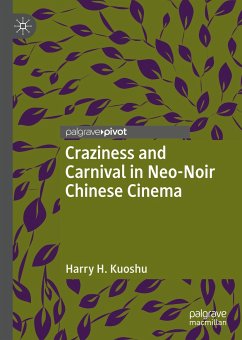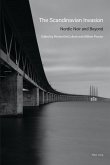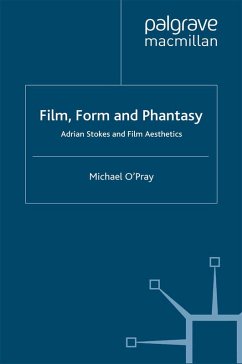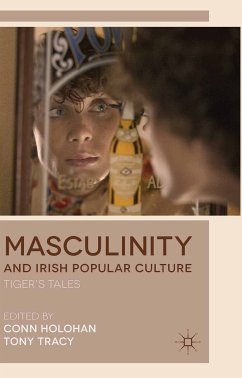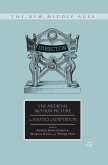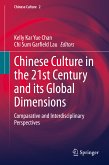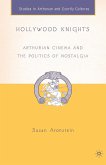Craziness and Carnival in Neo-Noir Chinese Cinema offers an in-depth discussion of the "stone phenomenon" in Chinese film production and cinematic discourses triggered by the extraordinary success of the 2006 low-budget film, Crazy Stone. Surveying the nuanced implications of the film noir genre, Harry Kuoshu argues that global neo noir maintains a mediascape of references, borrowings, and re-workings and explores various social and cultural issues that constitute this Chinese episode of neo noir. Combining literary explorations of carnival, postmodernism, and post-socialism, Kuoshu advocates for neo noir as a cultural phenomenon that connects filmmakers, film critics, and film audiences rather than an industrial genre.
Harry H. Kuoshu is Herring Endowed Chair in Asian Studies and Film Studies at Furman University, USA, where he teaches courses on Chinese film, literature, culture and language. In addition to scholarly articles, he is the author of Lightness of Being in China (1999), Celluloid China (2002), and Metro Movies: Cinematic Urbanism in Post-Mao China (2011).
Dieser Download kann aus rechtlichen Gründen nur mit Rechnungsadresse in A, B, BG, CY, CZ, D, DK, EW, E, FIN, F, GR, HR, H, IRL, I, LT, L, LR, M, NL, PL, P, R, S, SLO, SK ausgeliefert werden.

